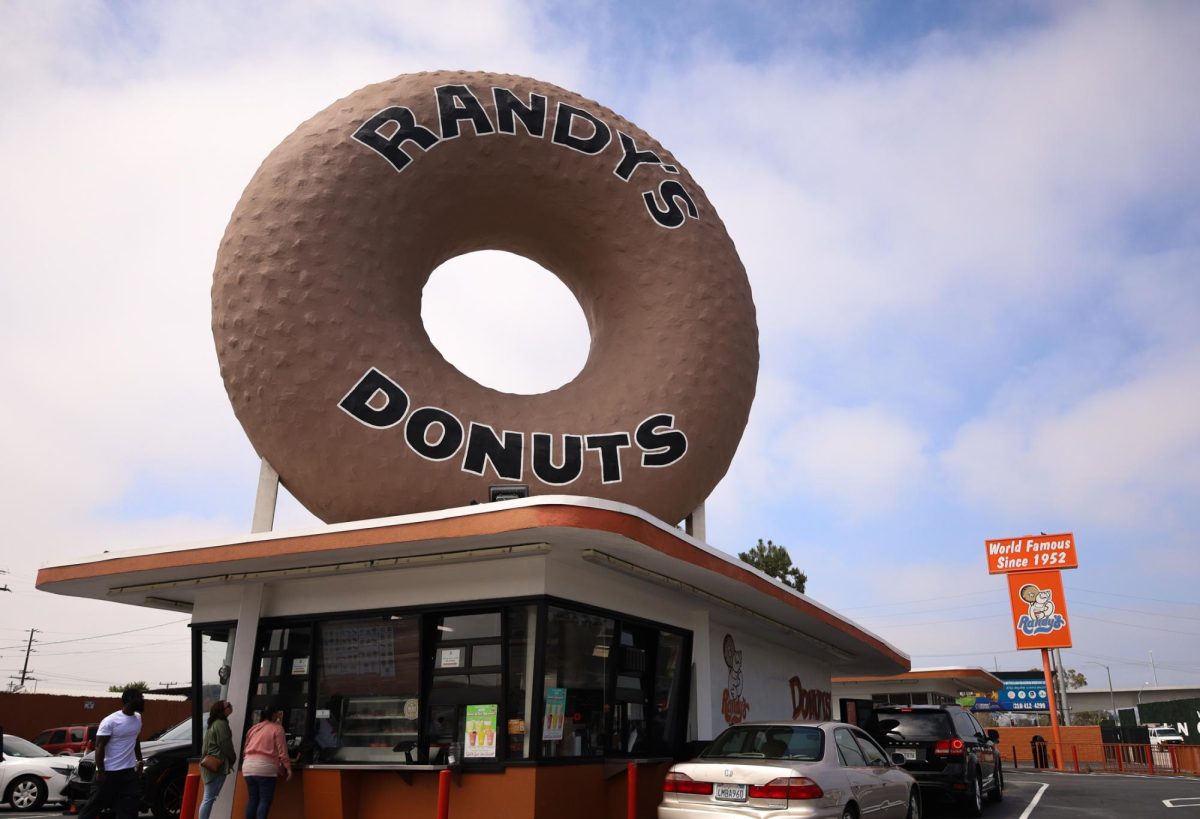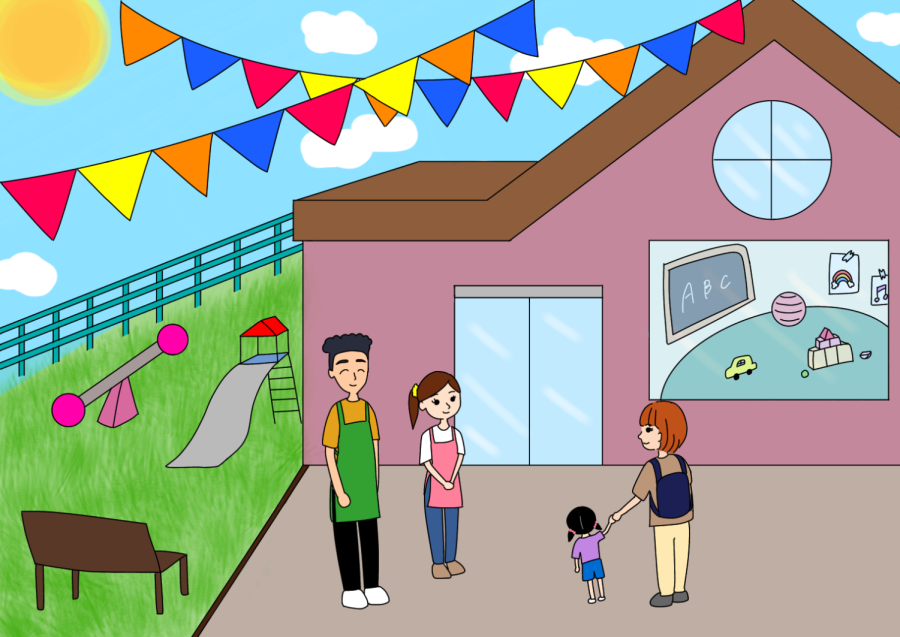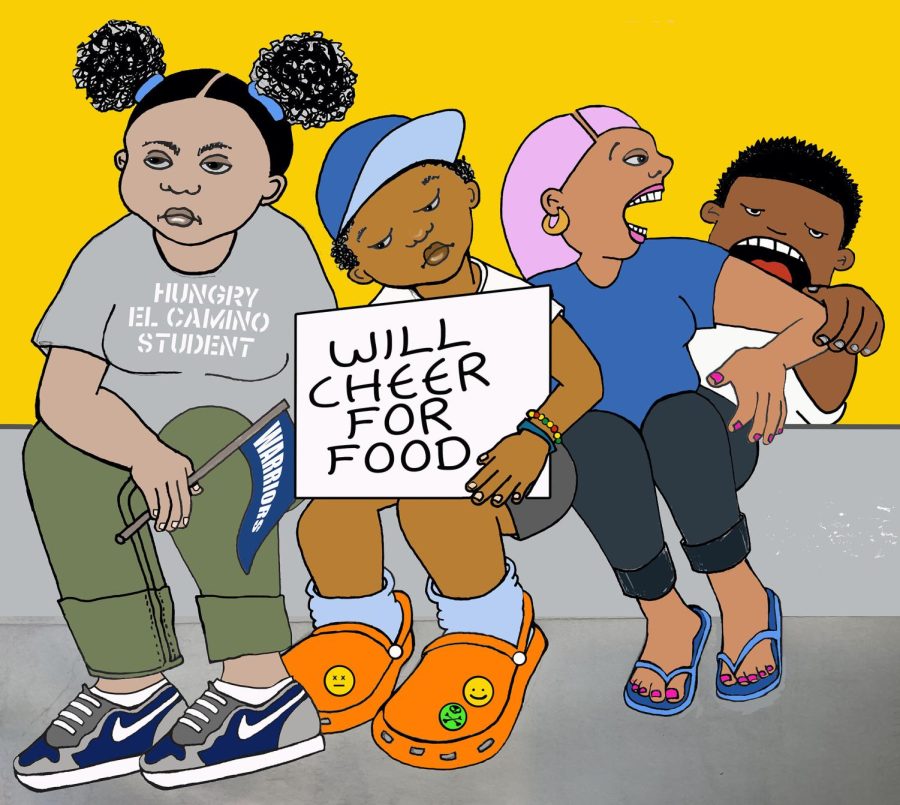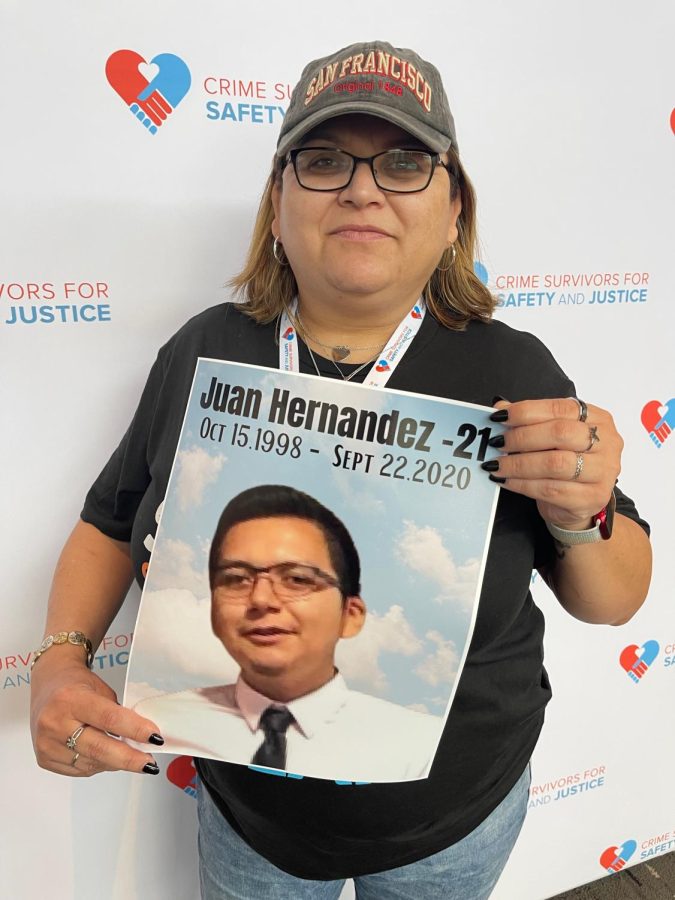Block parties in local neighborhoods are usually so friends and families can gather together, bond and express themselves.
But this block party contained a sculpture 14-feet tall, 18-feet wide, with 378 blocks and involving 150 people.ÿ This wasn’t an ordinary block party, this was Eric Johnson’s sculpture exhibit titled, “The Maize Project.”
“The Maize Project” was envisioned by Johnson as a way to gather a community together.ÿ He asked people from all areas of his life to take part in this sculpture by building small blocks of resin called kernels.
“Originally, what I wanted to do was bring everyone together as a community to make this happen,” Johnson said. “Usually in art, people express themselves in how they feel and what they love to do and this is what it’s all about.”
ÿA wide range of family and friends were invited to build these individual “kernels.” They attended Johnson’s studio where they were able to create individual blocks called kernels.ÿ
“My father did that one (pointing to his father’s kernel) and before he passed away, he took one of his shotgun bullets and decided he wanted to put it in,” Johnson said.ÿ
Among some of the best were Johnson’s own, “beehive kernel.” In it, Johnson took a beehive and managed to get all of the bees in the kernel ,placing them throughout along with gold and brown resin.
The process of creating and designing a kernel is quite complex.ÿ Artist Marshall Astor, who contributed eight kernels, said it took hard work to create them.
“Each one took about five to six hours,” Astor said. “First you get molded fiberglass then wax it.ÿ After that you put a little vinyl alcohol in it, slosh in three to four coats of resin, and then put in what you want,” Astor said.
Each kernel is a different creation. The resins are different colors and they are modified by adding small objects, like decorative baubles, toys, fingernails, bees, bullets and toys and other personal mementos.
What makes the whole experience great is the process of waiting for the resin to harden.ÿ While people wait for the resins to dry, they often bond with one another, tell stories and get to know each other.
The reason it is called “The Maize Project” can be traced back to the Native Americans. The word “maize” in Latin means “grains,” “plant” or “crop.”ÿ
Johnson said we need to bring back a sense of importance to corn or “maize” just like the Indians did.ÿ
“The blue Indian corn represents the color of Americans,” Johnson said. “Back then, they gave so much value to it, and now we are just altering it to fuel and making money off it. Let’s give more value to it.”
Kristine Newhouse, curator of The Civic Center Arts Museum, said that people of all facets of life can appreciate the sculpture.ÿ
The “Maize Project” is on display from Oct. 16-Nov 1. Admission is free at the Civic Center Arts Museum, and is open Tuesday through Saturday, 11 a.m. to 5 p.m.ÿ







